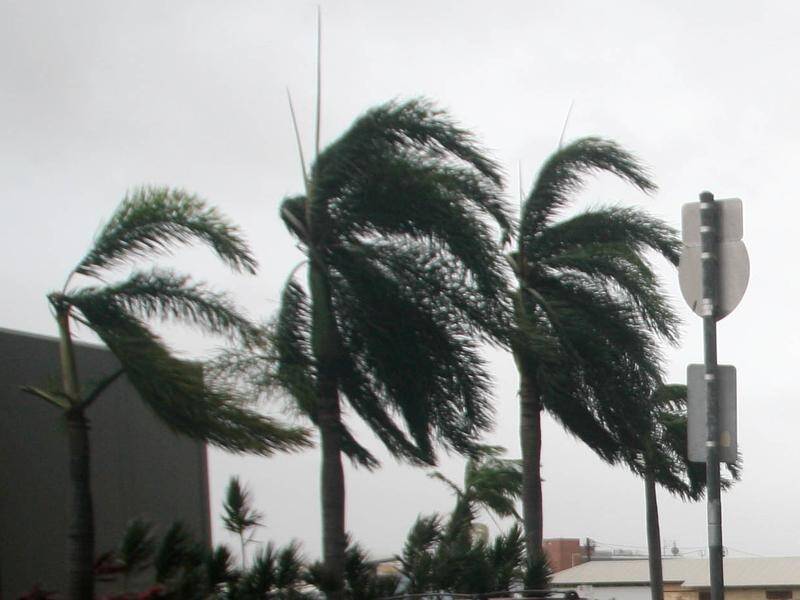Tropical Cyclone Megan has made a formidable entrance onto Australia’s northern coast, leaving a trail of strong winds, heavy rain, and storm surges in its wake. As the region grapples with the impact of this powerful weather system, communities are faced with the challenge of safeguarding lives and property while bracing for the cyclone’s aftermath. Let’s explore the implications of Cyclone Megan’s landfall and the measures taken to mitigate its effects on Australia’s sparsely populated northern territory.
The Arrival of Cyclone Megan: With wind gusts reaching speeds of up to 200 kilometers per hour, Tropical Cyclone Megan made landfall late Monday along the coast of Australia’s Northern Territory. The remote town of Borroloola, situated on the southwestern side of the Gulf of Carpentaria, bore the brunt of the cyclone’s fury, experiencing relentless rain and powerful storm surges. Despite initial concerns of destructive winds and major flooding, the storm weakened as it approached the mainland, alleviating some of the worst-case scenarios envisioned for the region.
Impact on Communities and Infrastructure: In anticipation of Cyclone Megan’s arrival, a planned evacuation of approximately 700 residents in Borroloola was abruptly canceled due to adverse weather conditions that hindered evacuation efforts. Instead, residents were advised to seek shelter in fortified structures such as the police station and health facilities. Similarly, an evacuation of the McArthur River Mine was called off, further highlighting the logistical challenges posed by the cyclone’s swift approach.
The island communities of the Gulf of Carpentaria, including Groote Eylandt, experienced significant rainfall and flash flooding as Cyclone Megan traversed the region. The GEMCO manganese mine on Groote Eylandt sustained damage to its wharf, underscoring the vulnerability of critical infrastructure to extreme weather events. Despite the disruption caused by the cyclone, authorities moved swiftly to mitigate environmental risks, ensuring that potential leaks or spills were promptly addressed.
Forecast and Outlook: As Cyclone Megan continues to track inland towards the southwest, meteorological authorities have issued warnings of heavy rainfall and possible flash flooding in the Carpentaria region. Rainfall totals of up to 200 mm and wind gusts exceeding 90 kph (56 mph) are anticipated, posing additional challenges for communities already grappling with the aftermath of the cyclone. Despite the expected weakening of the storm to a tropical low, vigilance remains paramount as residents and authorities navigate the complexities of post-cyclone recovery efforts.
Tropical Cyclone Megan’s impact on Australia’s northern coast serves as a stark reminder of the unpredictable and formidable nature of extreme weather events. As communities band together to weather the storm and rebuild in its aftermath, resilience and preparedness emerge as essential pillars of disaster response. Moving forward, proactive measures and collaborative efforts will be crucial in enhancing the region’s capacity to mitigate the impact of future cyclones, ensuring the safety and well-being of all residents in vulnerable areas.
